A clash has broken out again on the border between the Kyrgyz Republic and Tajikistan. As a result of the two-day clash, both sides reported casualties.
Kyrgyz Foreign Minister Ruslan Kazakbayev and Tajik Foreign Minister Sirojaddin Muhriddin held a phone conversation. The sides stressed the importance of resolving the border conflict through negotiations. The sides agreed on a ceasefire, but the conflict is supposed to resume until it is solved. "Tajikistan will never withdraw from its lands," Sirojaddin Muhriddin said after a telephone conversation with his Kyrgyz counterpart. The sides agreed to establish a working group to resolve the issue. On April 28, there was a conflict between residents near the Golovnoy water distribution point on the upper Isfara River. On April 29, border guards opened fire on each other. The Kyrgyz side said 13 citizens were killed and about 100 were injured, while the other side reported about 3 deaths and 31 injuries.
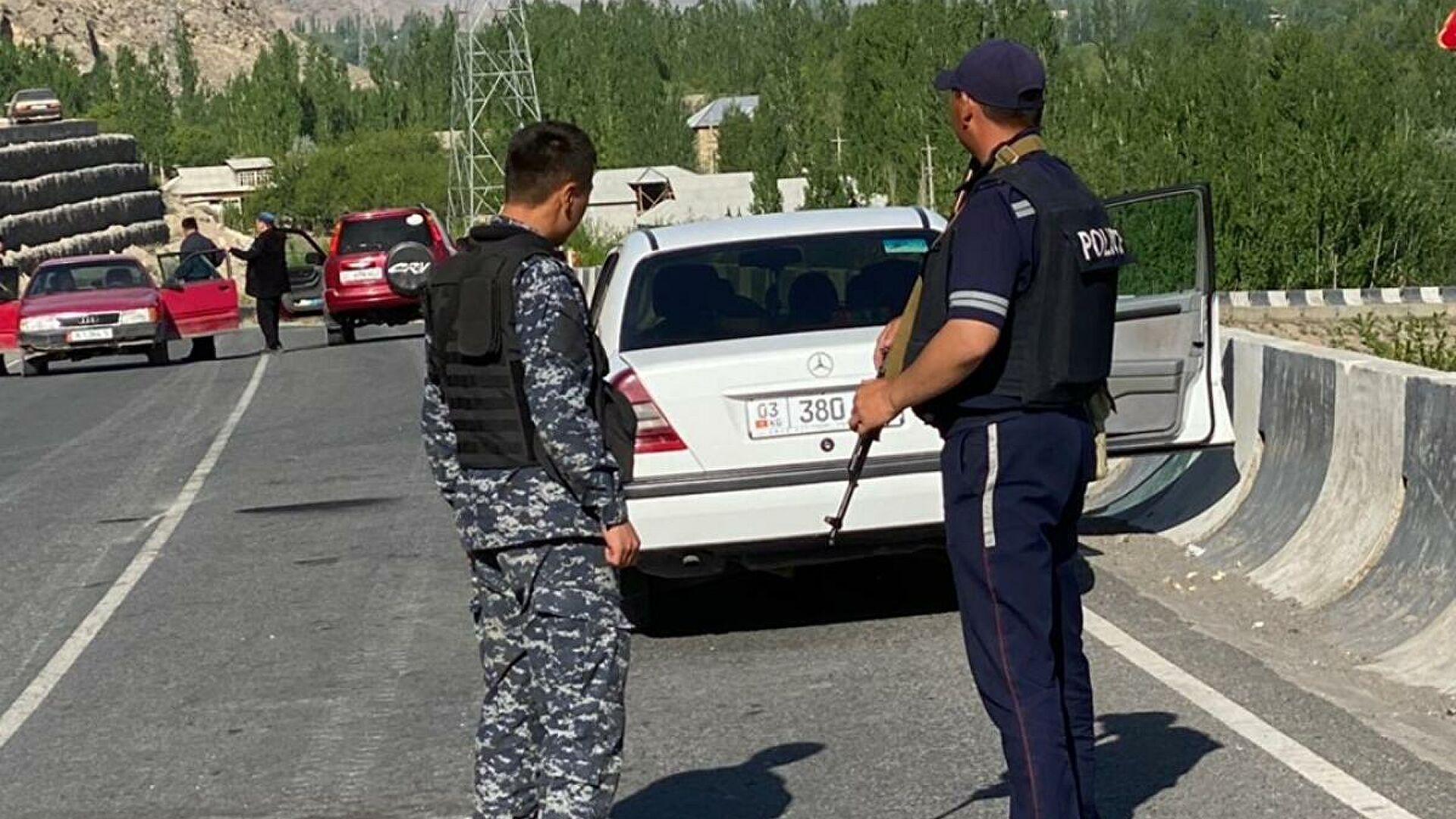
By the way, Isfara (Tajik) or Isfara (Uzbek) is located in the Syr Darya River Basin among the provinces of Batken (Kyrgyzstan), Sughd (Tajikistan), and Fergana (Uzbekistan). At present, this river is completely used for agriculture, so its water does not reach the Syrdarya. The basin is settled by 185,000 people. Currently, the river level has dropped by 50 cm. According to the agreement reached in 1960, a limit was set on the use of 37% of water. However, due to the lack of water, there is a conflict between the sides. In August 2015, residents of the Kyrgyz village of Kuk-Tash blocked a water canal to prevent the Chorkuh community of Tajikistan from entering the area. In response, Tajikistan closed the road to the Kyrgyz cemetery. That conflict left 13 people injured. It should be noted that there was no state called Tajikistan in this area. All these territories belonged to the Turkestan region. In 1924, the Bolsheviks established a republic called Tajikistan and a city called Dushanbe in the region. The previous name of the city was Goytapa. In October 1929, Isfara was included in Soviet Tajikistan.
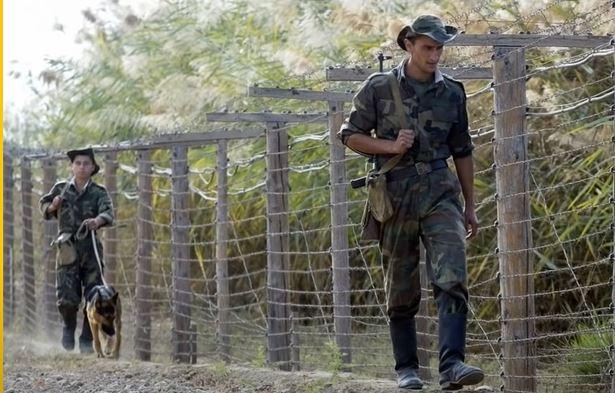
So, the conflict between Tajikistan and Kyrgyzstan dates back to the former Soviet Union. Or it was founded at that time. As in other regions, Tajiks began to make territorial claims in Turkestan too after the collapse of this empire. The length of the border between Tajikistan and the Kyrgyz Republic is 970 km. So far, 507 km of it has been demarcated. There are more than 70 disputed points. Tajikistan wants the border between the two countries to be defined on the map of 1924-1939, and Kyrgyzstan on the map of 1958-1959. Iran also began construction of the Tajik Hydroelectric Power Plant and reservoir in 2010. At that time, Uzbekistan protested because of the possible water shortage.
Thus, we would like to draw attention to several issues related to the clashes between the two republics on April 28-29. Experts say there will be wars for water and resources in the 21st century. In this regard, the conflict between Uzbekistan, Tajikistan, and Kyrgyzstan can be considered a sign of this confrontation. It should be taken into account that the Aral Sea has also dried up due to water shortage or water waste in the region.
Is the water problem geopolitical? The conflict with Tajikistan can be used to prevent or impede the future integration of the Turkic countries into Central Asia.
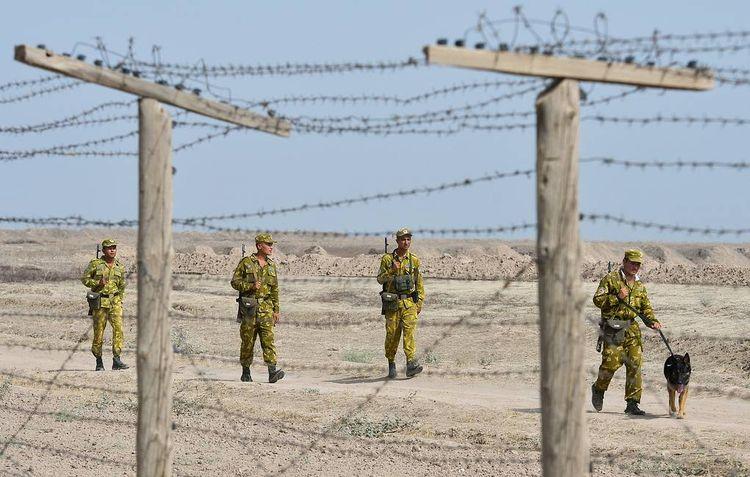
The United States and other NATO forces have begun withdrawing from Afghanistan. This process may create conditions for the emergence of hotbeds of conflict in the region in the future. Tajikistan had a civil war in 1992-1997. Moreover, Tajikistan was a base for militants in Afghanistan in those years. Therefore, the potential conflict between Kyrgyzstan and Tajikistan and Uzbekistan and Tajikistan may cause a war in the region.
The Secretaries of the Security Councils of the Collective Security Treaty Organization (CSTO) member states held a meeting in Dushanbe on April 29. Kyrgyzstan, Uzbekistan, and Tajikistan are members of this military block. The emergence of a new source of conflict among the members of this union calls its prospects into doubt. In that case, the admission of new members to the military block, whose members came into conflict with each other, or the attempt to join it, maybe unfavorable. According to the CSTO Secretary General Stanislav Zas, the conflict along the Kyrgyz-Tajik border should be resolved peacefully in the short run. Such a speech shows that the military block has no plans to overcome such situations or to take steps to reconcile the parties. So, this means that the organization is not able to resolve such conflicts.
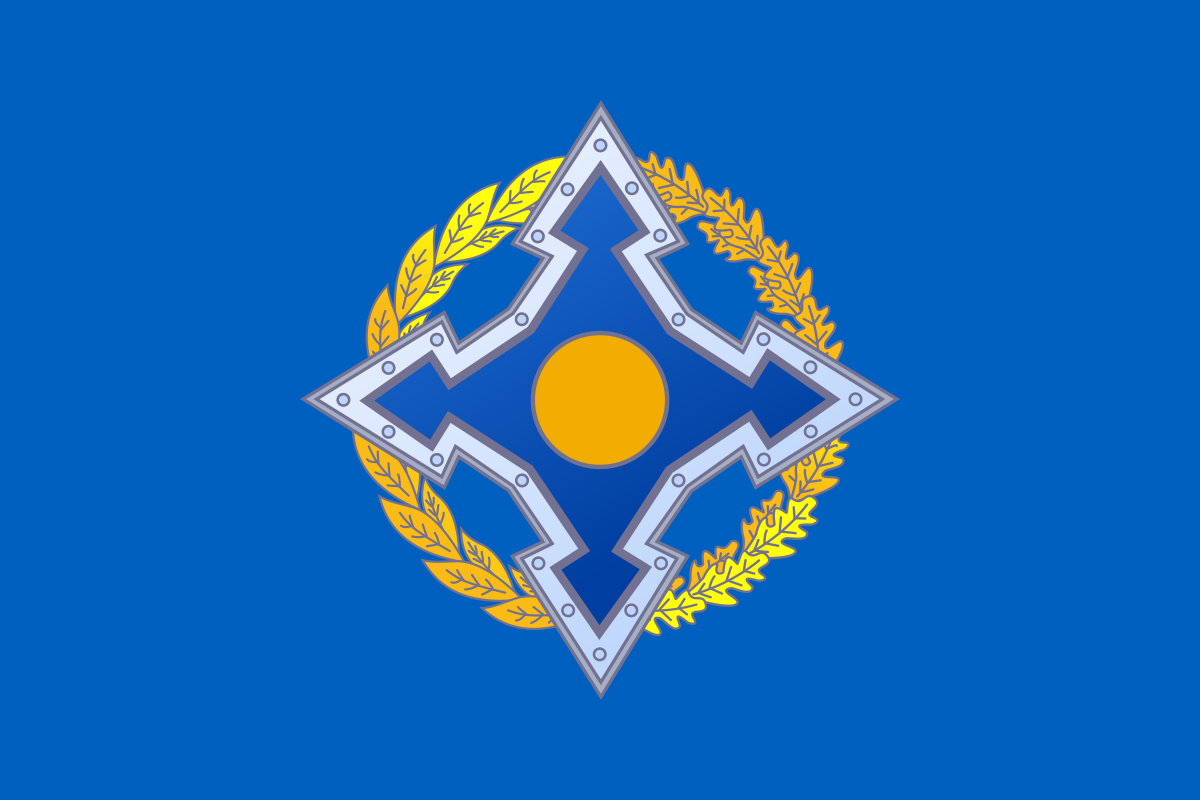
Thus, empires grow old, then collapse, and die. But their traces remain. Former Turkish Prime Minister Bulent Ecevit said on the territorial issue between Palestine and Israel: “Those lands belonged to the Ottoman state. We have a map of who owns what land. If they want, we can give that map to the parties. "
The settlement of the conflict between Kyrgyzstan and Tajikistan is on a reliable map. The presentation of this map, negotiations on it, and the settlement of the conflict will allow us to avoid possible human losses and refugees in the future. However, this step is difficult to take. Seemingly, it is intended to shake Central Asia with such conflicts.


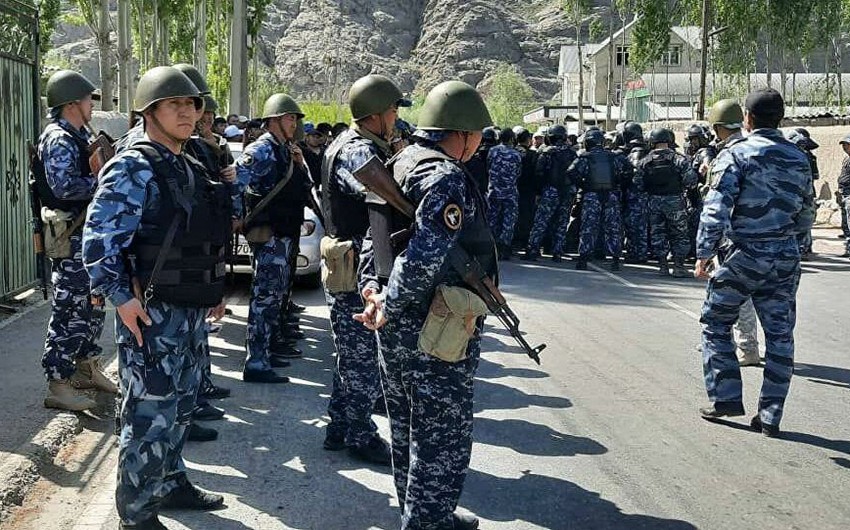 https://static.report.az/photo/a3488857-0f74-3f55-aeee-aad053800201.jpg
https://static.report.az/photo/a3488857-0f74-3f55-aeee-aad053800201.jpg

